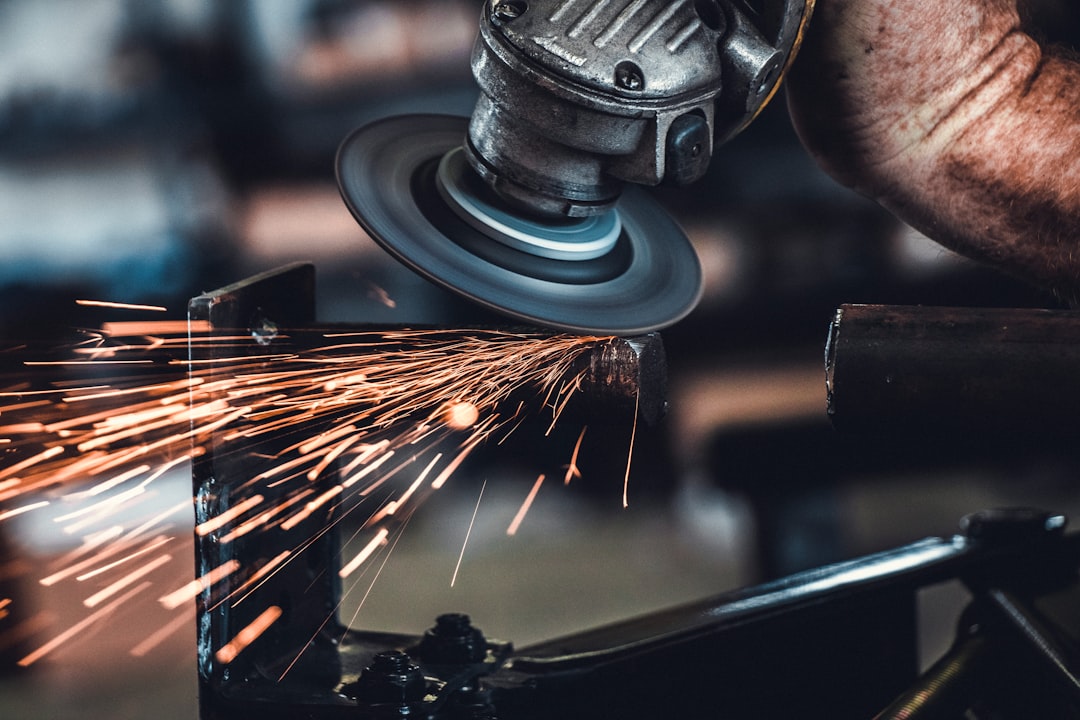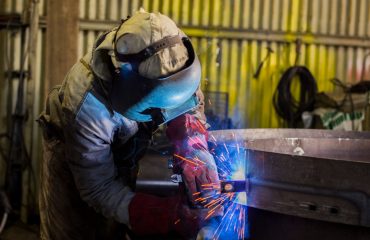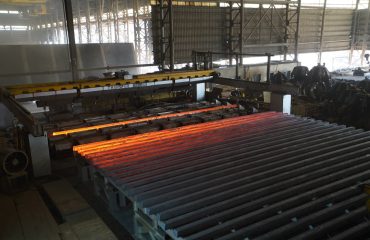“`html
Steel structures, while robust, require diligent maintenance and timely repairs to ensure their longevity, safety, and structural integrity. Neglecting these aspects can lead to costly repairs, compromised safety, and even catastrophic failures. This comprehensive guide explores the essential elements of maintaining and repairing steel structures, offering valuable insights for engineers, contractors, and property owners alike.
1. Regular Inspection: The Cornerstone of Steel Structure Maintenance
Regular inspections are the foundation of any effective steel structure maintenance program. These inspections should be conducted at intervals determined by factors such as the structure’s age, environmental exposure, and intended use. A thorough inspection involves a visual assessment, looking for signs of corrosion, cracking, deformation, and damage from impacts or other external factors. More advanced techniques, such as ultrasonic testing (UT), magnetic particle inspection (MPI), and dye penetrant testing (DPT), may be employed to detect internal flaws not visible to the naked eye. Detailed records should be kept of each inspection, including photographs, measurements of defects, and recommendations for repair or preventative measures. Frequency of inspections can range from annual checks for less critical structures to more frequent, even monthly, inspections for structures in harsh environments or those carrying heavy loads.
2. Corrosion Prevention: Protecting Steel from the Elements
Corrosion is the most significant threat to the longevity of steel structures. Exposure to moisture, oxygen, and various chemicals accelerates the deterioration process, leading to weakening and eventual failure. Effective corrosion prevention strategies are vital. These strategies can include:
- Protective Coatings: Applying high-quality paints, coatings, or galvanizing provides a barrier between the steel and the environment, significantly reducing corrosion rates.
- Cathodic Protection: This electrochemical process involves attaching anodes to the steel structure, preventing corrosion by sacrificing the anode material.
- Drainage and Ventilation: Proper drainage systems and ventilation can minimize moisture accumulation, reducing the risk of corrosion.
- Regular Cleaning: Removing dirt, debris, and corrosive substances from the steel surface helps to prevent corrosion initiation and progression.
The choice of corrosion prevention method depends on factors such as the severity of the environment, the structure’s accessibility, and the budget.
3. Common Repairs: Addressing Damage to Steel Structures
Despite preventative measures, damage to steel structures can occur. Common repairs include:
- Patching: Small areas of corrosion or damage can be repaired by patching with a suitable filler material, followed by repainting or recoating.
- Section Replacement: Severely damaged sections of steel members may require complete replacement. This often involves careful cutting out the damaged section and welding in a new piece, ensuring proper alignment and structural integrity.
- Strengthening: If the structural capacity of a member is compromised, strengthening techniques like adding steel plates or jackets may be employed to restore its load-bearing capacity.
- Bolt Tightening: Loose bolts can compromise the structural integrity of connections. Regular tightening and replacement of damaged bolts are essential.
All repairs should be carried out by qualified professionals who are experienced in structural steel work and adhere to relevant codes and standards. Proper welding techniques and quality control are crucial to ensure the safety and effectiveness of repairs.
4. Preventative Maintenance: Proactive Strategies for Long-Term Success
Preventative maintenance is far more cost-effective than reactive repairs. This involves implementing a comprehensive program that addresses potential issues before they become major problems. This includes:
- Scheduled Inspections: Regular inspections are the cornerstone of preventative maintenance, allowing for early detection and prompt remediation of any issues.
- Protective Coatings: Maintaining protective coatings through regular cleaning, touch-ups, and repainting is crucial in preventing corrosion.
- Environmental Monitoring: Monitoring environmental conditions, such as humidity and pollution levels, can help to anticipate and mitigate potential corrosion risks.
- Documentation: Maintaining accurate and detailed records of inspections, repairs, and maintenance activities is essential for tracking the structure’s condition and making informed decisions about future maintenance needs.
A well-planned preventative maintenance program can significantly extend the lifespan of a steel structure and minimize the risk of unexpected failures.
5. Choosing the Right Professionals: Expertise and Compliance
The success of any steel structure maintenance and repair program relies heavily on the expertise and competence of the professionals involved. It’s crucial to choose contractors who possess the necessary qualifications, experience, and insurance. Ensure they adhere to relevant safety regulations and industry best practices. Verification of their certifications, licenses, and track record is essential. Engaging professionals who understand the specific challenges of maintaining steel structures in your geographical location and environmental conditions is paramount. Don’t hesitate to request references and examine past projects to assess their capabilities and commitment to quality.
By following these guidelines and prioritizing regular maintenance and timely repairs, you can ensure the long-term safety, durability, and efficiency of your steel structures.
Tags: steel structure maintenance, steel repair, structural steel inspection, corrosion prevention, steel structure repair techniques
“`




